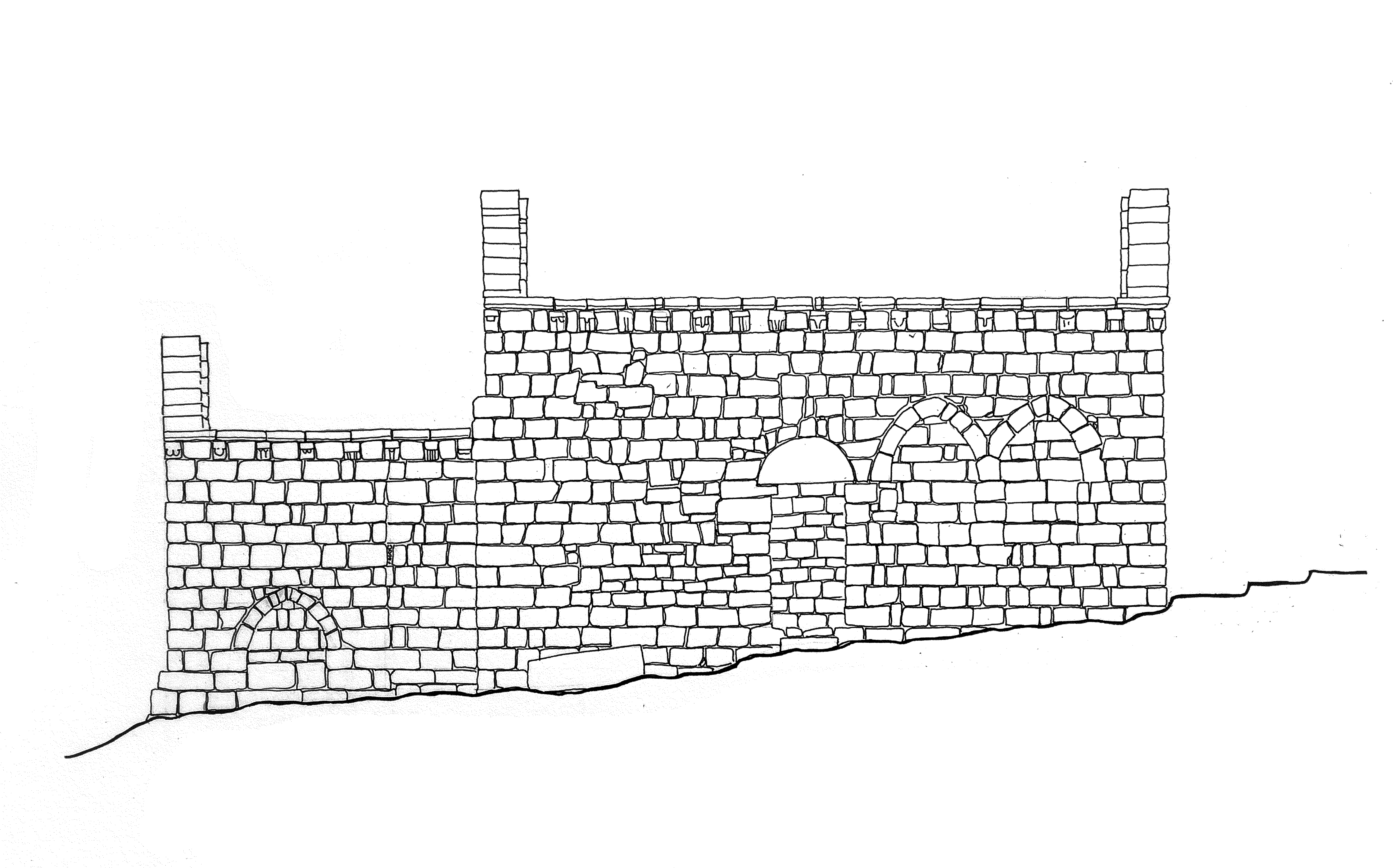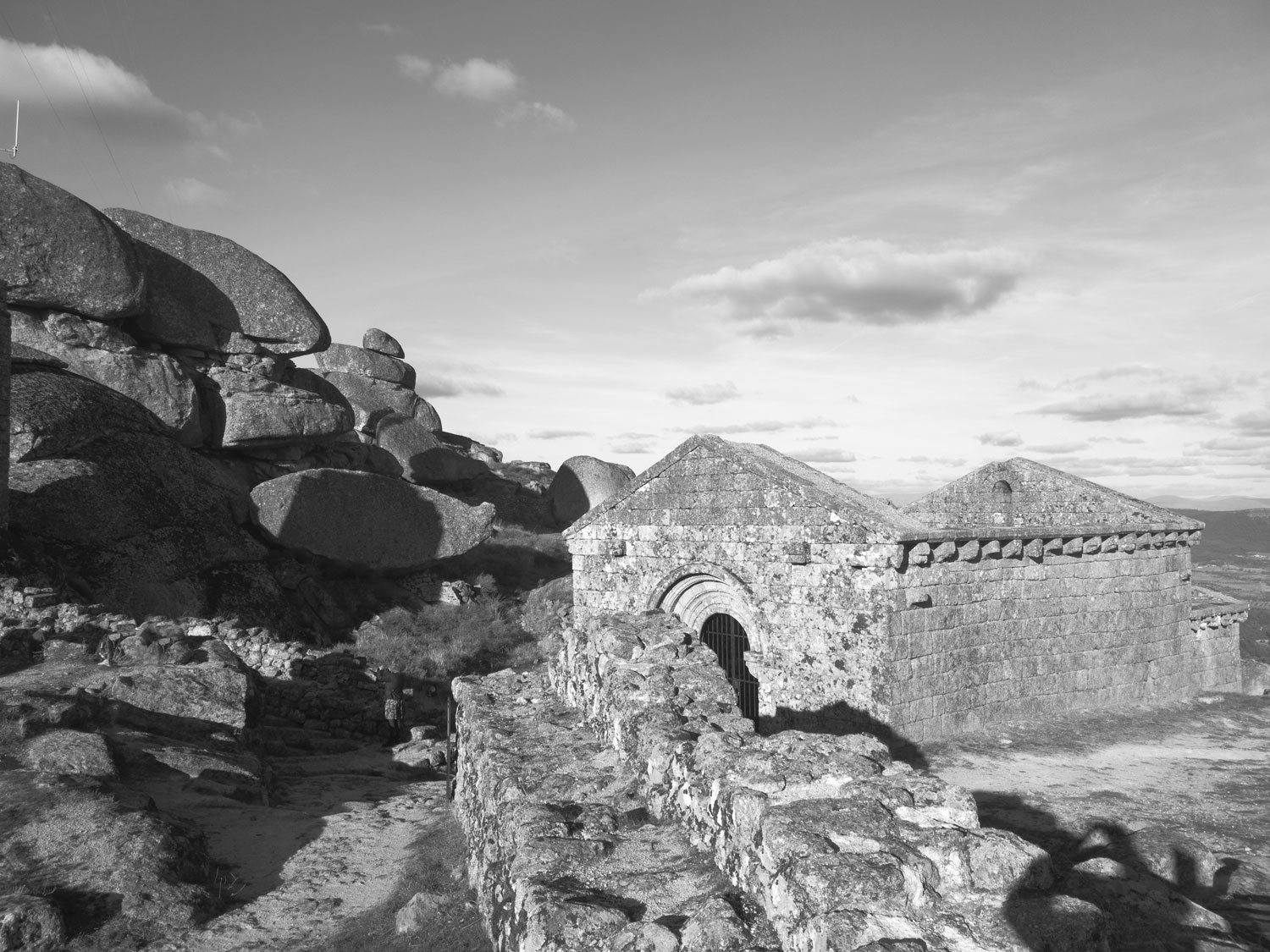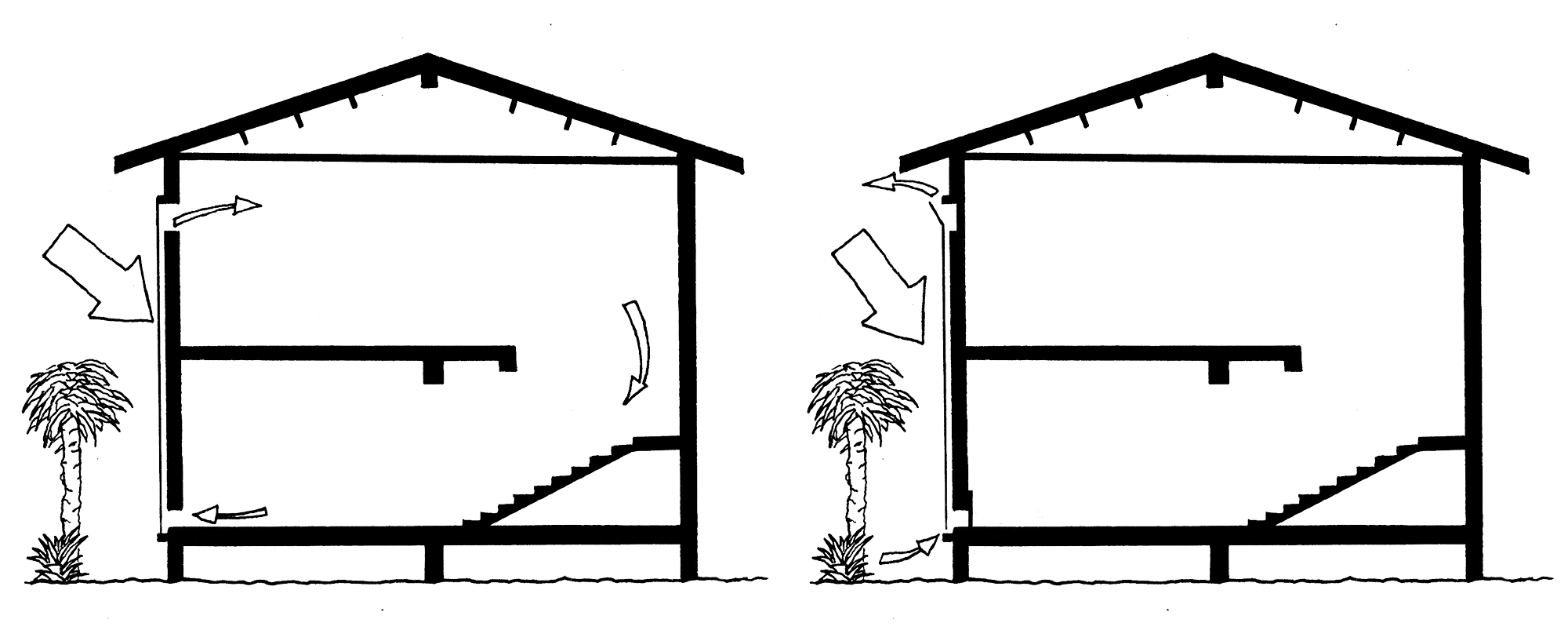2015 - ongoing
Construction/Architecture
My interest in the history of technology and climate-based design naturally led me to study vernacular architecture. The term "vernacular architecture" is used to qualify layouts and constructions that can be located geographically by their forms or materials and which generally have been designed "without architects", that is to say according to constructive techniques inherited from a tradition.


Vernacular architecture is a great source of teaching both from the point of view of construction techniques (adobe, dry stone masonry...) and the choice of orientation or form.
Many architects that I appreciate, such as Hassan Fathy, Fernand Pouillon or André Ravéreau, have insisted on the fundamental interest of studying vernacular architecture, in order to form a technical culture that is relatively free of the prejudices that we often have about materials such as stone or earth.


Surveys of some modern constructions designed according to the site and the local climate are used to understand the evolution of the construction techniques (lengthening of the spans, evolution of the ventilation systems, etc.).







